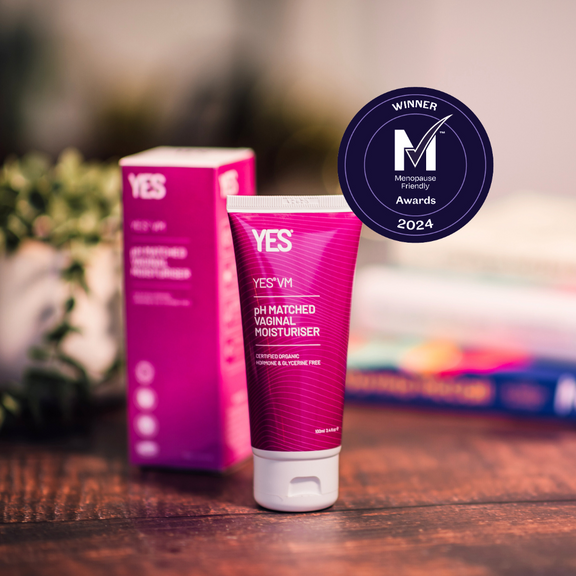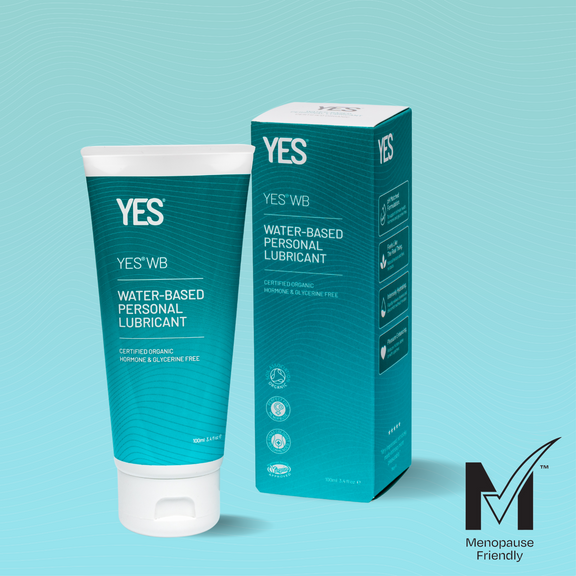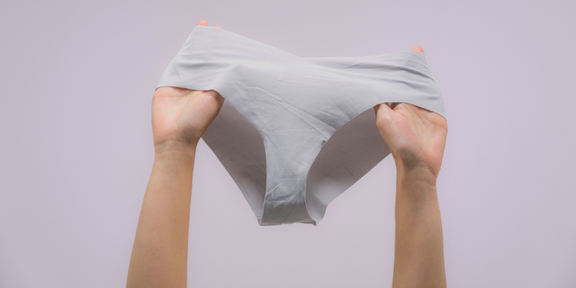Your underwear's impact on your genital health
There are so many types of different underwear styles to choose from, from high-leg, brazilian, bikini, shorts, thongs, midi. For some people, it's an easy decision to be able to instantly choose what they want to wear. However, for others, it isn’t that simple.
Whether it’s based on comfort, style or both, we often overlook a crucial factor: the potential impact on our genital health. Numerous studies suggest that the underwear we love could be contributing to vaginal health. How many of us are truly aware of this?
I’m Dr Shilpa McQuillan, a women's health GP and gynaecologist, here to shed some light on how we can be smarter when selecting our knickers so we don’t unknowingly sacrifice our genital health for comfort or style.
Finding the underwear fit for you
When it comes to underwear, there is no ‘one-size-fits-all’. There’s an overwhelming variety in shapes and sizes, but the best fit ultimately comes down to comfort. Wearing tight or chafing underwear can irritate the sensitive skin of the vulva and vagina, which over time, can lead to issues like folliculitis (inflamed hair follicles), in-growing hairs, boils, numbness, abrasions, and discolouration. Tight clothing can also become a breeding ground for bacteria and yeast as it doesn’t allow for sufficient airflow, causing sweat and moisture to accumulate. Creating the perfect conditions for vaginal and urinary tract infections.
Many studies have linked tight clothing to conditions like vulvodynia (a chronic pain, burning, and tingling sensation in the vulva). While clothing alone isn’t the root cause of vulvodynia, the infections and irritation that come from tight underwear can exacerbate inflammation, potentially triggering the onset of vulvodynia and other chronic conditions of the vulva and vagina.
I would recommend you choose a looser, more comfortable fit and where possible, limit the time spent in tight underwear. For best results, I would also suggest going underwear-free at night to let your skin breathe and recover.
What about thongs?
Thongs are often a point of contention when it comes to vaginal and urinary infections. While there’s no direct evidence linking them to infections, many women report chafing and irritation that can inflame the vulva and make the skin more susceptible to infection. Limiting the time spent wearing thongs can help minimise these issues.
Natural materials are a natural choice.
Everyone’s skin is different, and what works for one person may irritate another. But it’s still important to be mindful of the materials that come into contact with our sensitive areas. Synthetic fabrics like nylon and spandex can disrupt the delicate balance of bacteria in the vaginal ecosystem. The vagina relies on healthy bacteria to maintain an acidic pH, which keeps harmful bacteria and infections at bay. Synthetic fabrics can trap moisture, altering the vaginal pH and creating a perfect environment for bad bacteria to thrive. And let’s not forget, artificial dyes and chemicals used in some fabrics can also irritate the skin.
Look out for natural fabrics like cotton or bamboo. These materials allow your skin to breathe and absorb moisture more effectively, and they’re naturally hypoallergenic with minimal dyes and chemicals. When selecting period or incontinence pads and underwear, stick with the same principle of natural, breathable materials.
How often should I change my underwear?
Changing your underwear at least once a day is essential. It is shocking how many studies have found that most underwear can carry small amounts of faecal matter, so you might want to reconsider wearing those knickers a second time without a wash! Regularly washing your underwear helps prevent bacteria buildup and choosing a fragrance-free, hypoallergenic detergent can reduce the risk of irritation.
If you’re concerned about vaginal discharge or sweat, panty liners might seem like a good solution, but they can sometimes cause irritation and chafing. Instead, opt for cotton-lined underwear and change them more frequently throughout the day for increased comfort.
What else impacts your genital health?
It’s not just underwear will impact your genital health. When it comes to choosing clothing, think about leggings, jeans, tights and gym wear too. These garments can also restrict airflow, which may contribute to genital irritation.
Don’t forget to check the ingredients in your bathroom products too. Always look for vaginal moisturisers, and lubricants that are created to protect your intimate health and to maintain your vagina’s natural pH, helping to shield your genitals from harmful bacteria.
When choosing products for your vulva and vagina, keep it natural. The vagina is self-cleaning, so it’s unnecessary to use douches, steam treatments and soaps. These can dry out the skin and disrupt the balance of “good” bacteria. Simply rinsing the external vulval tissue with warm water and practicing good underwear hygiene is all that’s required.
My final thoughts…
When it comes to picking underwear, there’s no one-size-fits-all answer. Choose what feels comfortable and consider the fabrics that allow your genitals to breathe. You don’t need to retire your favourite products and clothing, but with a few mindful adjustments, you can help keep your vulva and vagina happy and healthy in the long run.
Dr. Shilpa McQuillan is the founder of the Berkshire Menopause Clinic in Henley, an accredited menopause specialist, community gynaecologist, and women’s health GP. For more information, you can email info@berkshiremenopauseclinic.com or visit https://berkshiremenopauseclinic.com/.





